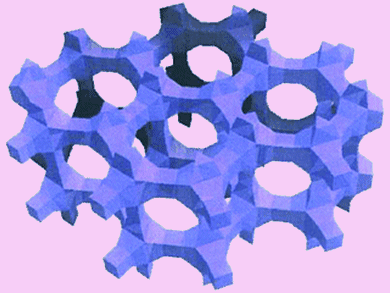In a Review, U. Banin et al. discuss colloidal hybrid nanostructures and their use as functional materials. Which synthetic strategies and properties are of interest for the application of semiconductor/metal hybrid nanoparticles?
In an Essay, T. Hudlicky and J. W. Reed shed new light on 50 years of the vinyl-cyclopentene rearrangement and its importance in natural product synthesis. C. Gerdes and T. Müller comment on new results in silicon chemistry: an isomer of hexasilabenzene and a metal-silicon triple bond.
In the Communications section, T. Yogo et al. present the synthesis of a transparent liquid that contains organosiloxanes and BaTiO3 nanoparticles and changes its rheological properties under the influence of an electric field. R. Martínez-Máñez et al. demonstrate that carbon monoxide can be detected selectively and sensitively with a binuclear rhodium complex. M. Klussmann et al. succeeded in the solvent-free oxidative coupling of xanthene and other activated benzyl derivatives with nucleophiles such as ketones with oxygen and catalytic amounts of methanesulfonic acid alone. A. Corma et al. report on a fully connected zeolite with extra large pores and very low framework density (see picture).



